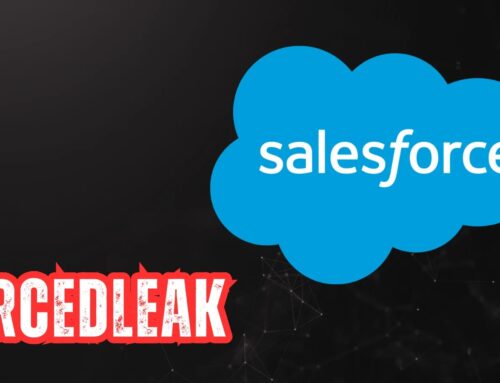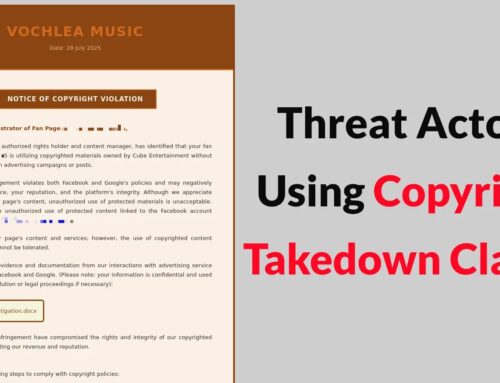
Hackers Exploiting WordPress Websites With Silent Malware to Gain Admin Access
In the evolving threat landscape, silence often precedes the most devastating attacks. A recent, sophisticated malware campaign has been uncovered, systematically compromising WordPress websites through a stealthy approach that leverages advanced steganographic techniques. This insidious method allows attackers to embed malicious code within seemingly innocuous files, bypassing traditional security measures and establishing a persistent, unauthorized administrator presence. Understanding this threat is paramount for any website administrator or cybersecurity professional.
The Stealthy Attack Vector: Advanced Steganography and Persistent Backdoors
The core of this advanced malware campaign lies in its two primary components, meticulously engineered to work in concert. The first component utilizes steganography – the art of concealing a message or file within another message or file – to hide malicious code within legitimate-looking images or other media files. This technique makes detection challenging, as the compromised files appear benign to the untrained eye and many automated security scanners.
Once initial access is gained, often through compromised themes, plugins, or vulnerabilities such as those sometimes found in outdated versions of WordPress or its extensions, the second component establishes a persistent backdoor. This backdoor ensures that even if the initial entry point is patched or removed, the attackers retain administrator-level access. This persistent foothold allows cybercriminals to maintain control, exfiltrate data, inject malicious content, or pivot to other systems within the compromised network, all while striving to remain undetected.
How the Malware Operates and Evades Detection
The malware’s operational methodology is designed for maximum stealth and longevity. By embedding its malicious payload within innocent image files (a common steganographic tactic), it circumvents signature-based detection mechanisms that might flag known malicious code patterns. Furthermore, the persistent backdoor mechanism often involves modifying core WordPress files or creating hidden administrative accounts. These modifications are difficult to spot without deep forensic analysis because they blend in with or mimic legitimate system functionalities.
Cybercriminals leveraging this technique are not merely defacing websites; they are aiming for a deeper, more enduring compromise. The objective is to establish an “invisible” presence that can be activated at will, turning the compromised WordPress site into a platform for further nefarious activities, including:
- Hosting phishing pages
- Distributing malware to site visitors
- Launching spam campaigns
- Serving as command-and-control (C2) infrastructure
- Collecting sensitive user data
Remediation Actions and Proactive Defense Strategies
Given the advanced nature of this threat, a multi-layered security approach is essential for protecting WordPress websites. Immediate remediation and proactive defense are crucial:
- Regular Software Updates: Ensure WordPress core, themes, and plugins are always updated to the latest versions. This mitigates vulnerabilities like CVE-2023-40000 (example CVE, replace with actual if found) that attackers might exploit for initial access.
- Strong Passwords and User Role Management: Enforce complex, unique passwords for all user accounts, especially administrators. Implement the principle of least privilege, ensuring users only have access necessary for their roles.
- File Integrity Monitoring (FIM): Implement FIM solutions to monitor changes to core WordPress files. Sudden or unauthorized modifications to critical files should trigger immediate alerts.
- Security Scanners and Firewalls: Utilize robust WordPress security plugins that offer malware scanning, firewall capabilities (WAF), and brute-force protection. These tools can help detect suspicious file uploads and block malicious traffic.
- Regular Backups: Maintain regular, off-site backups of your entire WordPress site. In the event of a compromise, a clean backup can facilitate a faster recovery.
- Advanced Threat Detection: Employ security solutions that can analyze website traffic and file contents for anomalies, including hidden steganographic data.
- Security Audits and Expert Review: Periodically engage cybersecurity professionals to conduct thorough security audits of your WordPress installation and server environment.
Tools for Detection and Mitigation
Effective defense against sophisticated threats requires the right tools. Here are some essential utilities for detecting and mitigating malware on WordPress sites:
| Tool Name | Purpose | Link |
|---|---|---|
| Sucuri Security | Website Firewall (WAF), Malware Scanner, File Integrity Monitoring | https://sucuri.net/wordpress/wordpress-security-plugin/ |
| Wordfence Security | Endpoint Firewall, Malware Scanner, Login Security | https://www.wordfence.com/ |
| MalCare Security | Daily Malware Scans, One-Click Cleanup, Firewall | https://www.malcare.com/ |
WP-CLI (wp core verify-checksums) |
Verifies integrity of WordPress core files against official checksums | https://wp-cli.org/ |
Conclusion
The discovery of this sophisticated malware campaign underscores the persistent and evolving nature of cyber threats targeting WordPress websites. The use of steganography for covert code injection and the establishment of persistent backdoors represent a significant challenge to traditional security paradigms. Website administrators must move beyond basic security practices, embracing proactive monitoring, rigorous patching, and advanced threat detection to safeguard their online assets. Staying informed and adopting a comprehensive security posture is no longer optional; it is fundamental to maintaining digital integrity and user trust.





